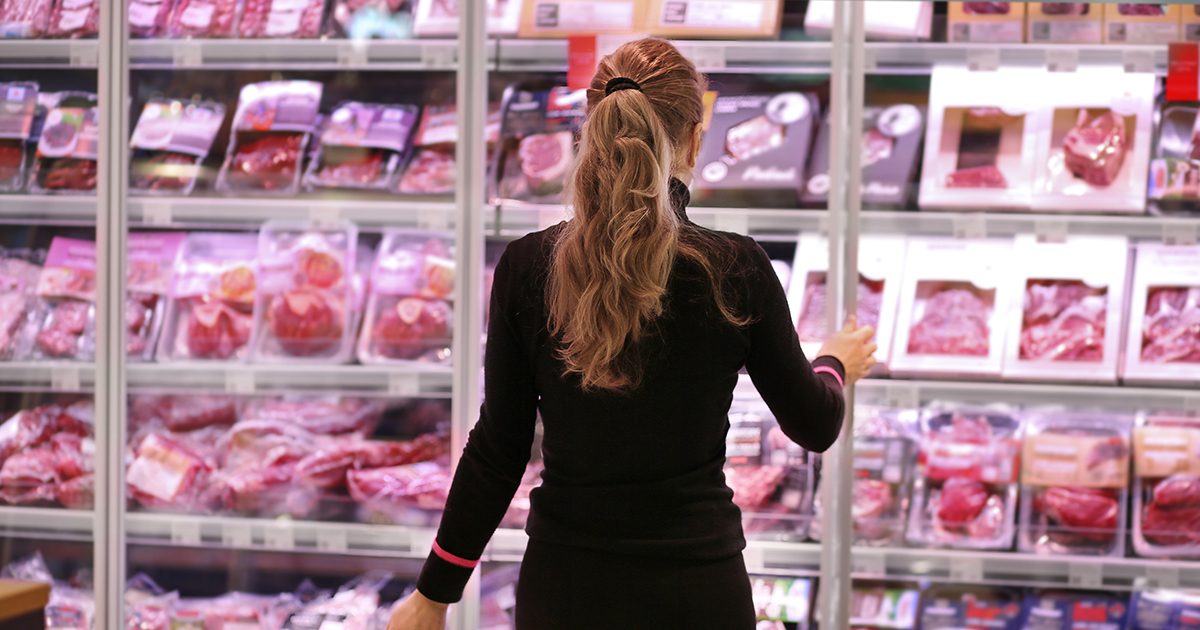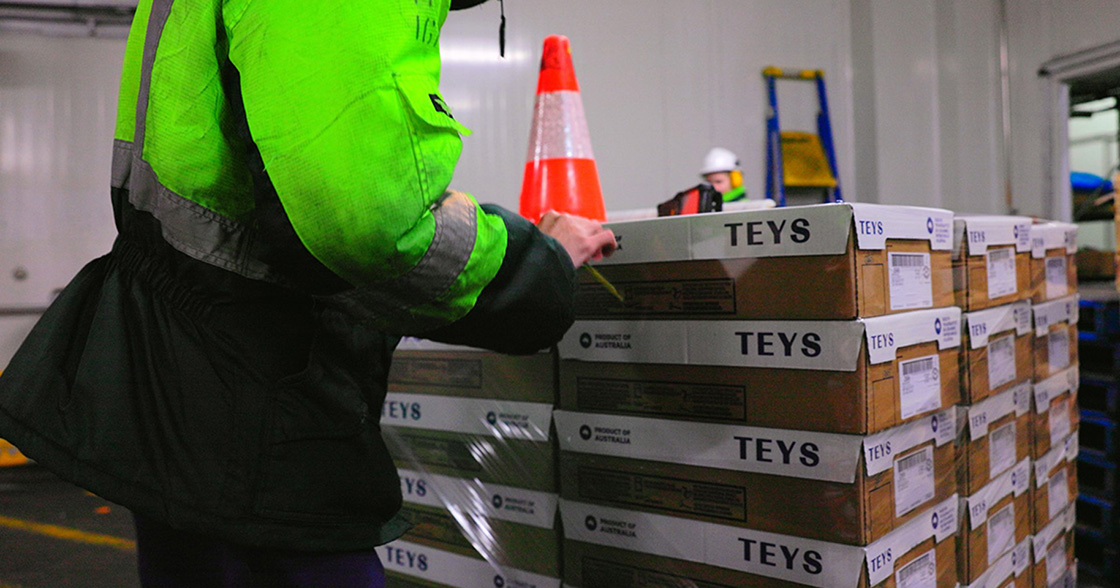
By Jeff Bruce
Introduction
Today’s meat shopper isn’t just buying protein—they’re buying peace of mind. Consumers increasingly want clean labels, transparency, and products that reflect their values around wellness, sustainability, and animal welfare.
For retailers, this shift is more than a trend. It’s an opportunity to engage shoppers more deeply by aligning product offerings with the outcomes customers care most about—without sacrificing operational efficiency or margins.
What Health‑Minded Shoppers Are Really Asking For
Recent industry data highlights the shift:
- 63% of consumers say animal welfare and environmental impact influence their meat purchases.1
- 71% seek simple ingredient lists and trustworthy sourcing claims.2
- 58% report eating leaner proteins more often.1
These expectations aren’t just preferences; they’re reshaping assortment, merchandising, and shopper education. The question for retailers is: how do we meet these evolving expectations while still protecting teams and margins?
What retailers can do:
- Maintain a consistent set of products that clearly highlight shopper-valued claims—such as clean label ingredients, verified traceable sourcing, and animal welfare assurances.
- Use shelf tags and QR codes to simplify complex claims in plain language.
- Feature leaner cuts and cooking guidance to help shoppers succeed at home.
Grass‑Fed, Grass‑Finished: More Than a Buzzword
While “grass‑fed” is common on pack, many shoppers are surprised to learn it doesn’t always mean pasture‑raised for life. Some programs finish animals on grain—changing the nutritional profile and potentially misaligning with what health‑focused shoppers assume.
By contrast, grass‑fed, grass‑finished beef—common in Australia’s pasture‑based system—can offer:
- Lower saturated fat content.3
- Higher levels of beneficial fatty acids, including Omega-3s and CLA.3
- Naturally leaner cuts that align with Whole30, Paleo, and clean‑eating preferences.3
Brands like Truly Simple®, offered by Teys USA, are designed to meet these expectations with clear sourcing, transparent labeling, and consistent product specs. The opportunity is not simply offering a “grass‑fed” SKU, but clearly communicating what makes it different and how it supports shopper health goals.
What retailers can do:
- Call out “grass‑finished” and explain the difference from generic grass‑fed.
- Place claims‑forward beef near wellness sets or healthy meal solutions, not only in the red‑meat set.
- Use simple icons for attributes (grass‑finished, traceable, clean label).
The Operational Upside of Case‑Ready
Health claims alone aren’t enough; execution matters. Case‑ready beef programs are a proven way to deliver on shopper expectations while reducing store complexity.
- Reduce in‑store labor and shrink with ready‑to‑merchandise packs.
- Maintain shelf presence with longer shelf life.4
- Offer premium cuts with consistent specs and packaging across locations.
The right case‑ready program supports retail teams and improves consistency. Programs like Truly Simple® integrate seamlessly into wellness‑themed sets or curated butcher cases—turning consumer interest into reliable category performance.
What retailers can do:
- Use case-ready programs to simplify promotions and support new-to-category shoppers with clear, consistent packaging.
- Take advantage of longer product acceptance windows to simplify ordering and reduce out-of-stocks
- Highlight simple preparation tips and usage ideas through shelf tags or digital touchpoints to help shoppers succeed at home.
Positioning That Resonates
Consumers choosing grass-fed beef aren’t always focused on price—they’re focused on quality and trust. Retailers that position these products within a broader lifestyle narrative, such as clean eating, sustainable sourcing, or family health, often see stronger shopper connection.
Some retailers merchandise claims-forward products like Truly Simple® alongside other wellness-oriented offerings, not just in the red meat set. This approach reframes beef as part of a lifestyle solution rather than just another protein option, strengthening shopper loyalty and encouraging repeat engagement.
The Role of a Trusted Supply Chain Partner
For retailers expanding their grass‑fed assortment, the right partner reduces friction and speeds time to shelf. Look for suppliers with:
- Assured volume from stable pasture‑based production regions.
- National traceability systems (like Australia’s NLIS).5
- U.S. based teams for training and execution.
At Teys USA, our role goes beyond supply. We collaborate with retailers to design solutions that deliver consistent quality, protect shelf life, and build shopper trust—allowing retailers to grow their wellness-oriented offerings with confidence.
Conclusion
As health‑conscious shoppers continue to shape the meat case, retailers have a clear opportunity to meet them with products that reflect not only what they want to eat, but what they believe in. Grass‑fed, grass‑finished beef—backed by trusted claims, consistent supply, and thoughtful positioning—closes the gap between shopper expectation and in‑store execution.
The goal isn’t simply to sell more beef—it’s to become a trusted partner who helps shoppers align their values with their purchases—and that’s where lasting growth happens.
Footnotes:
- The Power of Meat 2025 (FMI & Meat Institute, 210 Analytics)
- Authenticity Seeker Profile (FMI, FoodIntegrity.org, 2025)
- Meat & Livestock Australia. “Nutritional Benefits of Grass-Fed Beef” (peer-reviewed studies cited by MLA)
- The Power of Meat 2025 — Case Ready and Packaging section; Cryovac® packaging science reference
- National Livestock Identification System (NLIS). Government of Australia / Meat & Livestock Australia. https://www.mla.com.au/nlis






 Return to News
Return to News










